Optimal Bird Feeder Placement for a Thriving Backyard
Discover expert tips on the best bird feeder placement for a vibrant backyard. Enhance your wildlife experience today!
Benefits of Proper Bird Feeder Placement
Attracting a Diverse Range of Birds
Placing your bird feeder in the right location can significantly increase the variety of bird species that visit your garden. By positioning the feeder near trees or shrubs, you provide a sense of security for birds, encouraging more timid species to approach.
This strategic placement mimics their natural habitat, making them feel more comfortable and likely to visit your feeder.
Enhancing Bird Safety
Proper placement of bird feeders is crucial for minimizing the risk of predator attacks. By situating feeders at least 10-12 feet away from potential hiding spots for cats and other predators, you create a safer environment for the birds.
Additionally, placing feeders away from windows can reduce the risk of bird collisions, which are a common hazard when feeders are too close to reflective surfaces.
Improving Bird Health
When bird feeders are placed in suitable locations, it can lead to healthier bird populations. Positioning feeders in areas that are sheltered from harsh weather conditions, such as strong winds or direct sunlight, helps prevent food spoilage and ensures that birds have access to fresh and nutritious food.
This careful placement supports the overall well-being of visiting birds.
Reducing Waste and Mess
Strategically placing your bird feeder can also help in managing waste and maintaining a tidy garden. By choosing a location that is easy to clean and away from high-traffic areas, you can prevent seed spillage and accumulation of waste.
This not only keeps your garden looking neat but also reduces the risk of attracting unwanted pests.
Enhancing Bird Watching Experience
Proper feeder placement can greatly enhance your bird watching experience. By positioning feeders within clear view from a window or a favorite outdoor spot, you can enjoy observing birds up close without disturbing them.
This thoughtful placement allows for better photography opportunities and a more enjoyable bird watching experience overall.
Factors to Consider Before Placing Feeder
Location and Accessibility
Choosing the right location for your bird feeder is crucial for attracting a variety of bird species while ensuring their safety. Ideally, the feeder should be placed in a quiet area that is easily accessible for birds but not too exposed to predators.
Consider placing the feeder near trees or shrubs, which can provide natural cover and a quick escape route for birds.
Additionally, ensure that the feeder is easily accessible for you to refill and clean. A location that is visible from a window can also enhance your bird-watching experience.
Safety from Predators
One of the primary concerns when placing a bird feeder is the safety of the birds from predators such as cats and hawks.
Position the feeder at least 10-12 feet away from potential hiding spots for predators, like dense bushes or fences. Elevating the feeder can also help deter ground-based predators.
Consider using baffles or other deterrents to prevent squirrels and other unwanted visitors from accessing the feeder, which can also help in keeping the birds safe.
Weather Conditions
The local climate and weather conditions can significantly impact the effectiveness of your bird feeder.
In areas with harsh winters, it’s beneficial to place the feeder in a sheltered location to protect it from strong winds and heavy snowfall. This not only helps in maintaining the feeder but also ensures that birds can feed comfortably during adverse weather.
In warmer climates, placing the feeder in a shaded area can prevent the seed from spoiling quickly and provide a cooler feeding spot for the birds.
Feeder Type and Bird Species
The type of feeder you choose can influence where it should be placed.
For instance, tube feeders are suitable for small perching birds and can be hung from branches, while platform feeders are better for larger birds and should be placed on stable surfaces.
Research the bird species you wish to attract and select a feeder that caters to their feeding habits. This consideration will help in determining the optimal placement for maximum attraction.
Ideal Locations for Bird Feeders
Proximity to Natural Shelter
When placing a bird feeder, it’s crucial to consider its proximity to natural shelter.
Trees and shrubs provide birds with a safe haven from predators and harsh weather conditions. Positioning your feeder near these natural structures not only offers birds a quick escape route but also encourages them to visit more frequently.
Ensure that the feeder is within 10 feet of such cover, allowing birds to feel secure while feeding.
Visibility and Accessibility
Bird feeders should be easily visible and accessible to both birds and birdwatchers. A location that is open and clear of obstructions will attract more birds, as they can spot the feeder from a distance.
Additionally, placing the feeder at a height that is convenient for refilling and cleaning is essential. Ideally, the feeder should be at eye level or slightly higher, ensuring that it is within reach but also safe from ground-dwelling predators.
Distance from Windows
While it’s tempting to place a bird feeder close to windows for easy viewing, this can pose a risk to birds.
Collisions with glass are a common hazard. To minimize this risk, position the feeder either within three feet of a window or more than 30 feet away.
This reduces the likelihood of birds gaining enough momentum to injure themselves if they fly towards the glass.
Consideration of Predators
Protecting birds from predators is a key consideration when selecting a feeder location. Avoid placing feeders too close to areas where cats or other predators might lurk, such as low bushes or fences.
Additionally, using a baffle or placing the feeder on a pole can help deter climbing predators, ensuring a safer feeding environment for birds.
Weather Protection
Weather conditions can greatly affect the usability of a bird feeder. Choose a location that offers some protection from strong winds and heavy rain.
This not only keeps the birdseed dry and palatable but also provides a more comfortable feeding experience for birds. A spot with partial overhead cover, such as under a tree canopy or an eave, can offer the necessary protection from the elements.
Tips for Attracting More Birds
Choose the Right Location
According to wildlife experts, the placement of your bird feeder is crucial in attracting more birds.
Position your feeder in a quiet, safe area where birds feel secure from predators. Ideally, place it near trees or shrubs that provide natural cover, allowing birds to quickly retreat if threatened.
Avoid placing feeders too close to windows to prevent collisions.
If necessary, use window decals or other deterrents to minimize the risk of birds flying into glass surfaces.
Offer a Variety of Foods
Different bird species have varying dietary preferences, so offering a range of foods can attract a diverse array of birds to your feeder. Consider providing a mix of seeds, such as sunflower seeds, millet, and safflower.
Additionally, suet cakes and nectar can attract species that prefer insects or sweet liquids.
Ensure that the food is fresh and free from mold. Regularly clean your feeders to prevent the spread of disease among visiting birds.
Provide Fresh Water
Birds need water for drinking and bathing, so adding a birdbath near your feeder can be an excellent way to attract more birds.
Ensure the water is clean and fresh, and change it regularly to prevent stagnation.
In colder climates, consider using a heated birdbath to provide a reliable water source during the winter months, when natural water sources may be frozen.
Maintain a Natural Environment
Creating a bird-friendly habitat in your yard can significantly increase the number of birds visiting your feeder. Plant native trees, shrubs, and flowers to provide natural food sources and shelter.
Avoid using pesticides, as these can harm birds and reduce the availability of insects they feed on.
Incorporating a variety of plants that bloom at different times of the year ensures that birds have a continuous supply of food and shelter throughout the seasons.
FAQ
Q1: How does the placement of a bird feeder impact the health of visiting birds?
A1: The placement of a bird feeder is crucial for the health and safety of visiting birds. If placed too close to windows, birds might collide with the glass, leading to injury or death. Additionally, placing feeders near dense shrubbery can provide cover for predators like cats. Ideally, feeders should be positioned at least 10 feet away from windows and in open areas where birds can easily spot predators. This careful placement helps ensure birds can feed safely and reduces the risk of disease transmission by allowing for easy cleaning and maintenance of the feeder area.
Q2: How soon can I expect to see birds visiting my newly placed feeder?
A2: The time it takes for birds to discover and start visiting a new feeder can vary. It might take anywhere from a few days to several weeks, depending on factors such as the feeder’s visibility, the type of food offered, and the local bird population. To attract birds more quickly, use a variety of seeds or suet that are popular with local species, and ensure the feeder is visible from the sky. Patience is key, as once birds find a reliable food source, they are likely to return regularly.
Q3: What are some common concerns when implementing a bird feeder, and how can they be addressed?
A3: Common concerns when implementing a bird feeder include attracting unwanted pests, such as squirrels or rodents, and maintaining the cleanliness of the feeder to prevent disease. To deter pests, consider using squirrel-proof feeders or placing baffles on feeder poles. Regularly clean the feeder with a mild bleach solution and allow it to dry thoroughly before refilling. Additionally, ensure that the feeder is stocked with fresh food and remove any wet or moldy seeds promptly. By addressing these concerns, you can create a safe and inviting environment for birds.
Takeaway
“Ready to take a step towards a healthier lifestyle? Start by adopting a small new habit today. Share this article with your friends to spread the word on evidence-based health tips. For further reading, explore resources from WHO or other trusted sources. Your health journey starts with one small action – let’s make it happen together!” As outlined in Reuters’ recent publication,

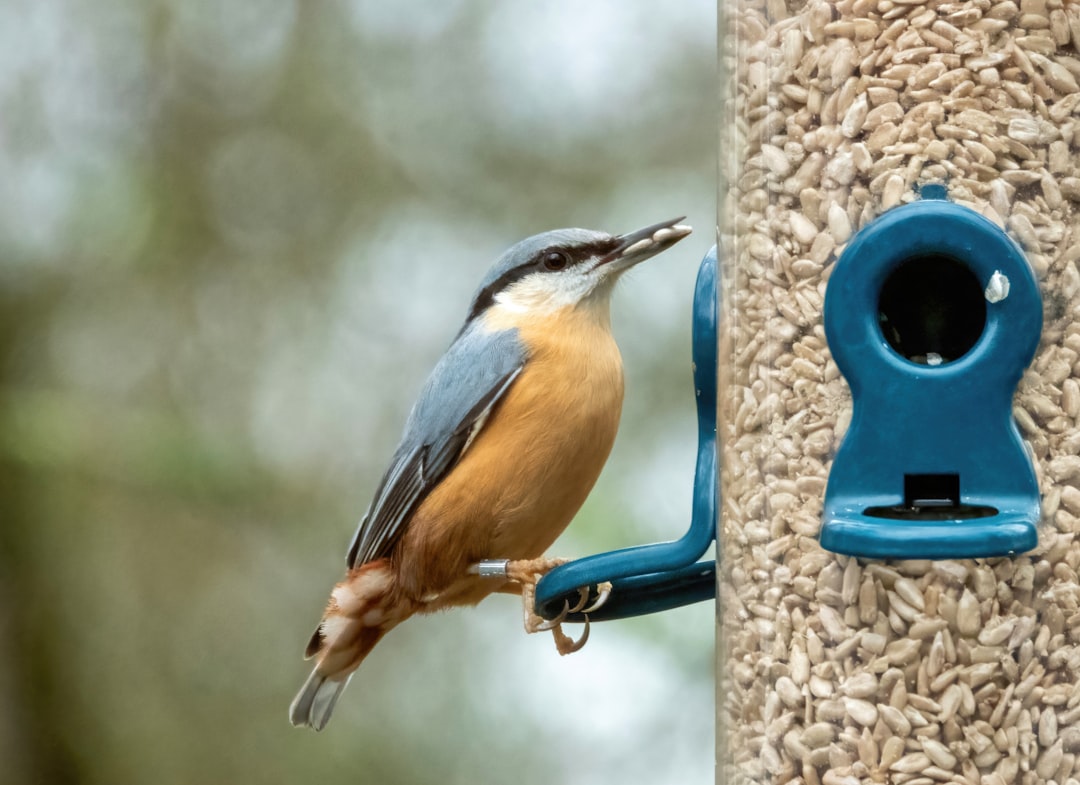
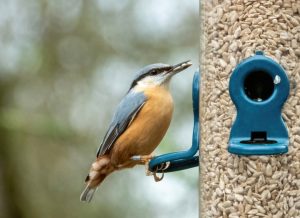


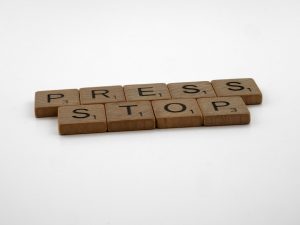


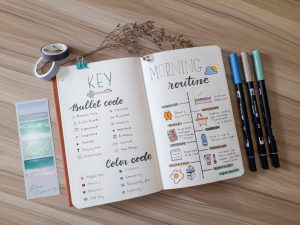
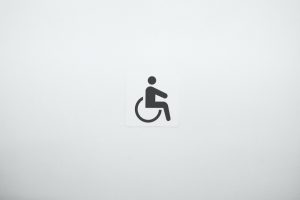

Comments